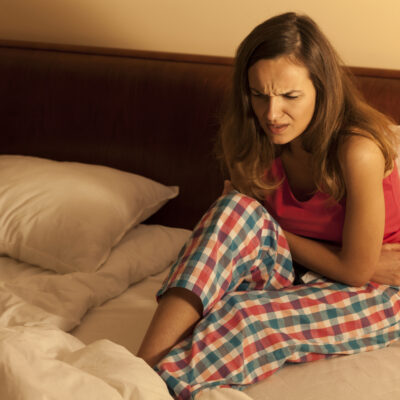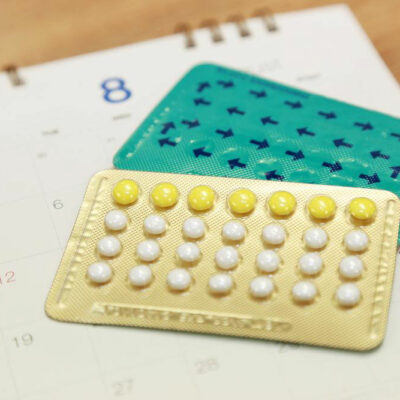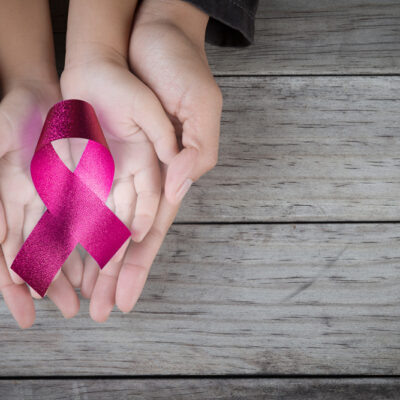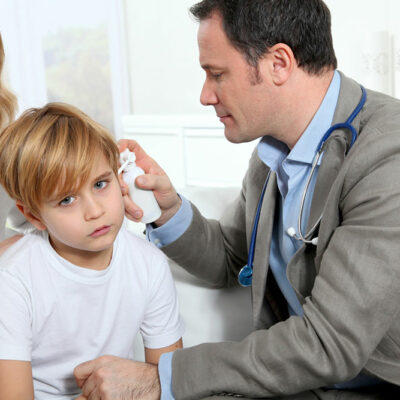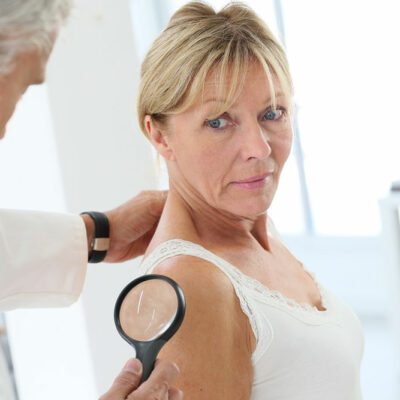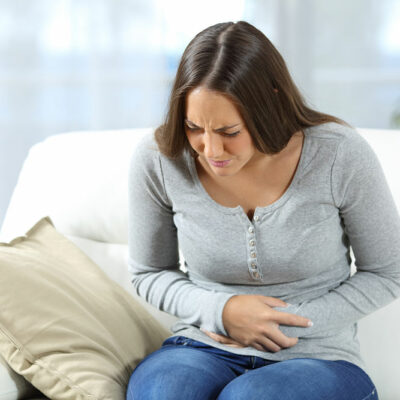
Women's Health
Causes and prevention of cervical cancer
The organ that connects the uterine to the vagina is the cervix. It appears like a narrow tubular passage that forms the lower end of the uterus. The cervix has several functions and purposes; some of them are to help in childbirth, menstrual cycle, and to allow the sperm to reach the uterus. This tiny 2-inches long organ has a vital role to play in a woman’s body. However, along with being an important organ, it is sensitive to conditions like chronic inflammation, dysplasia, polyps, and cancer. The cervix is vulnerable to cancer; however, unlike other types of cancer, the symptoms are seldom displayed in the case of cervical cancer. Therefore, to make people, especially women, around the world aware of cervical cancer and its inadequacy to send early signals, doctors and health organizations encourage women to get regular screening through Pap smear tests. Pap smear, also known as a Pap test, is a painless procedure that is used by gynecologists to check the occurrence of any abnormal or cancerous activity in the cervix. It can also be considered as a preventive measure. Pap smear, being one of the most trusted preventive diagnostic measures for cervical cancer, also has some guidelines, as mentioned here:
Read More 
